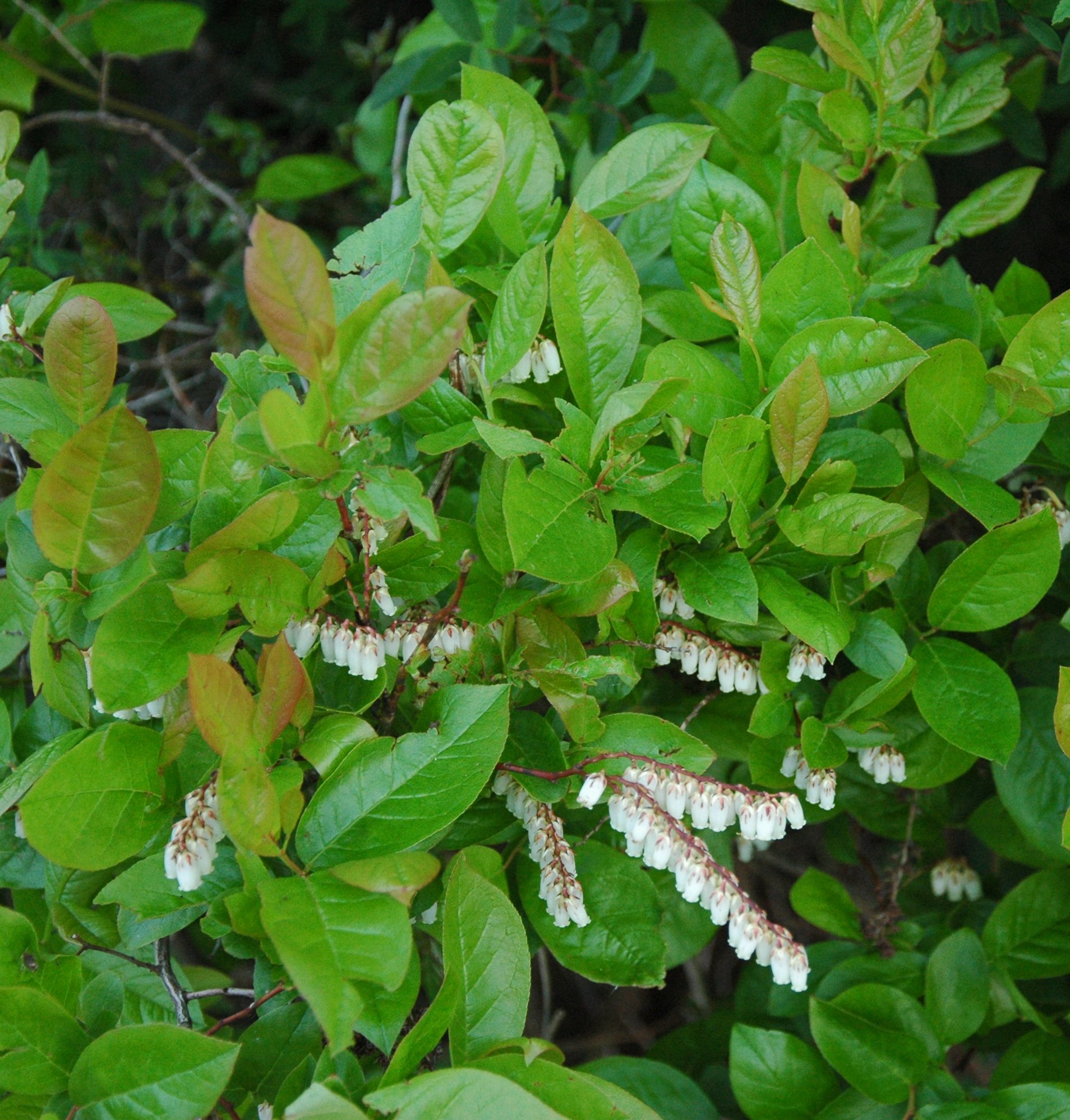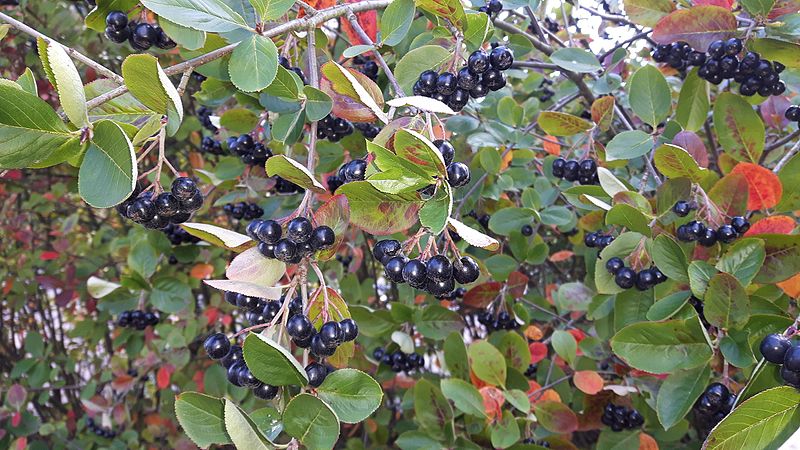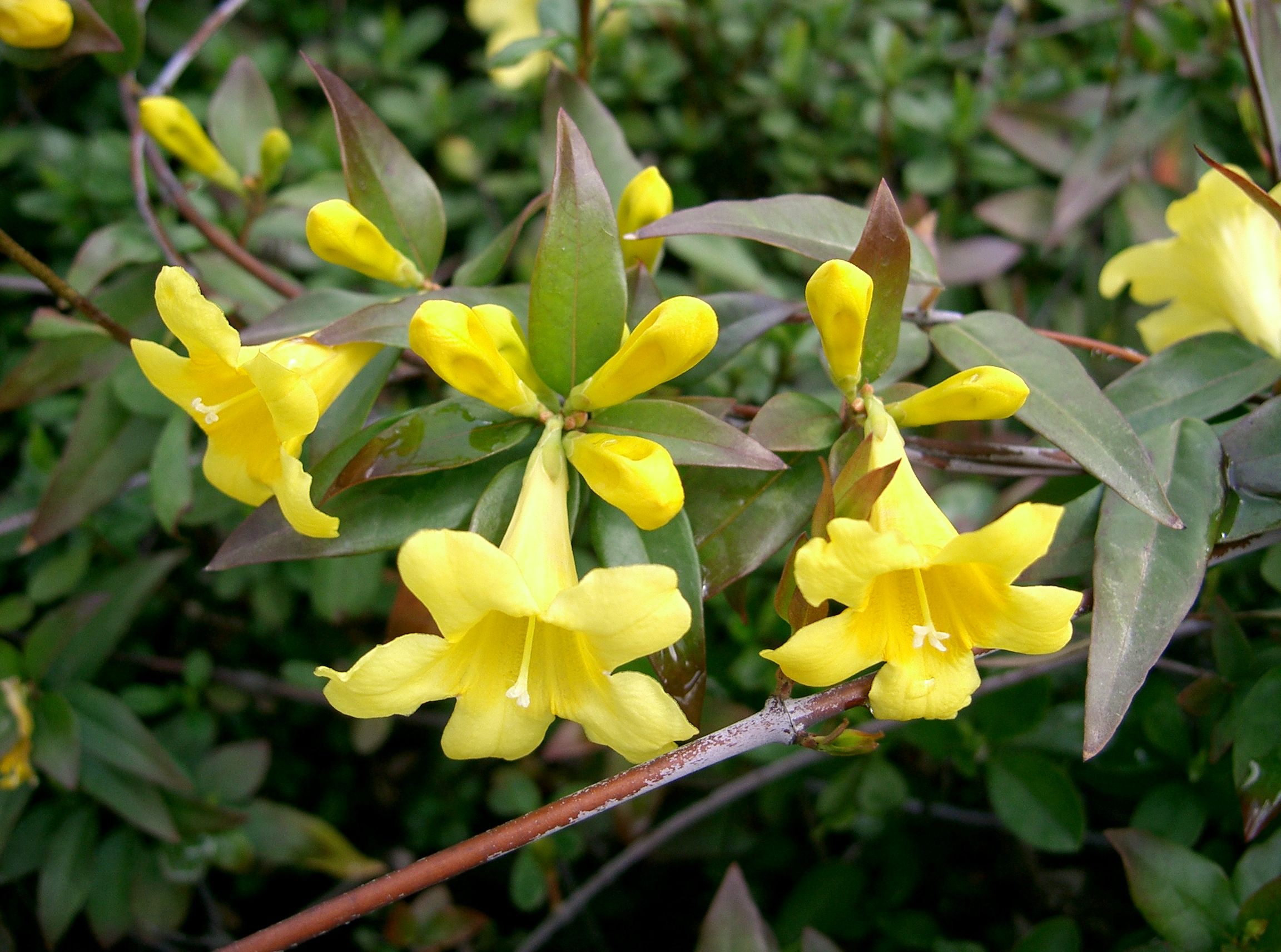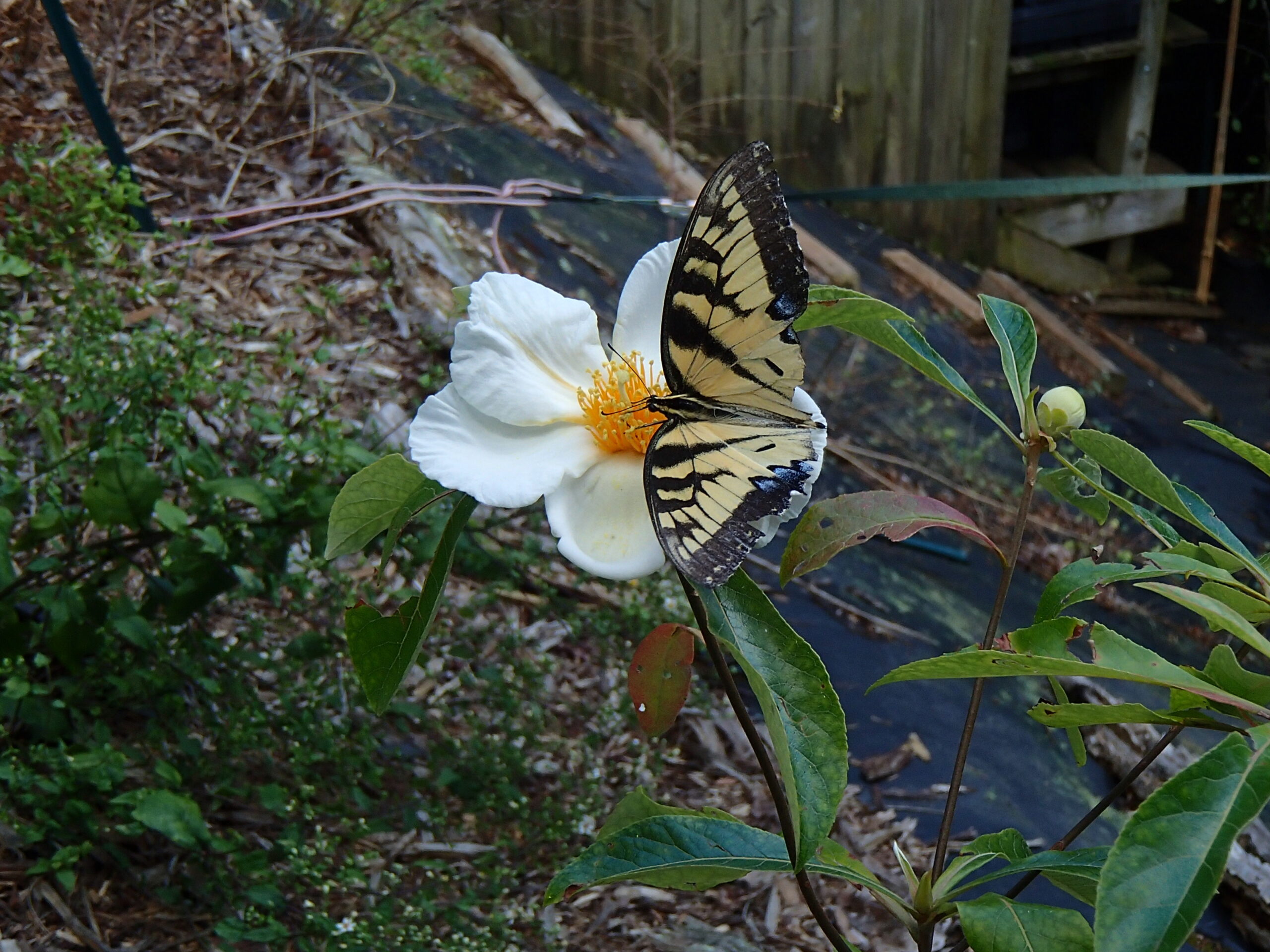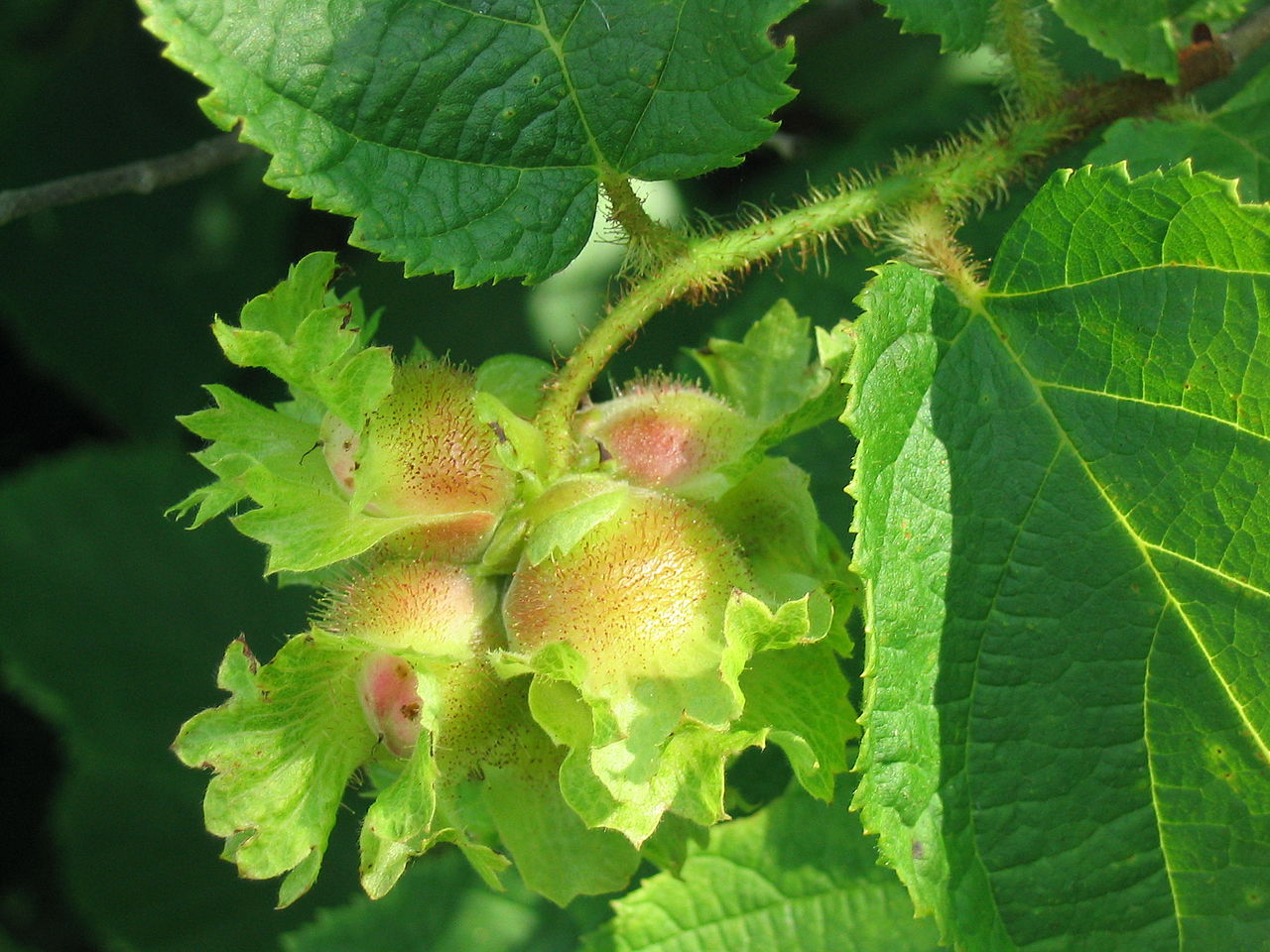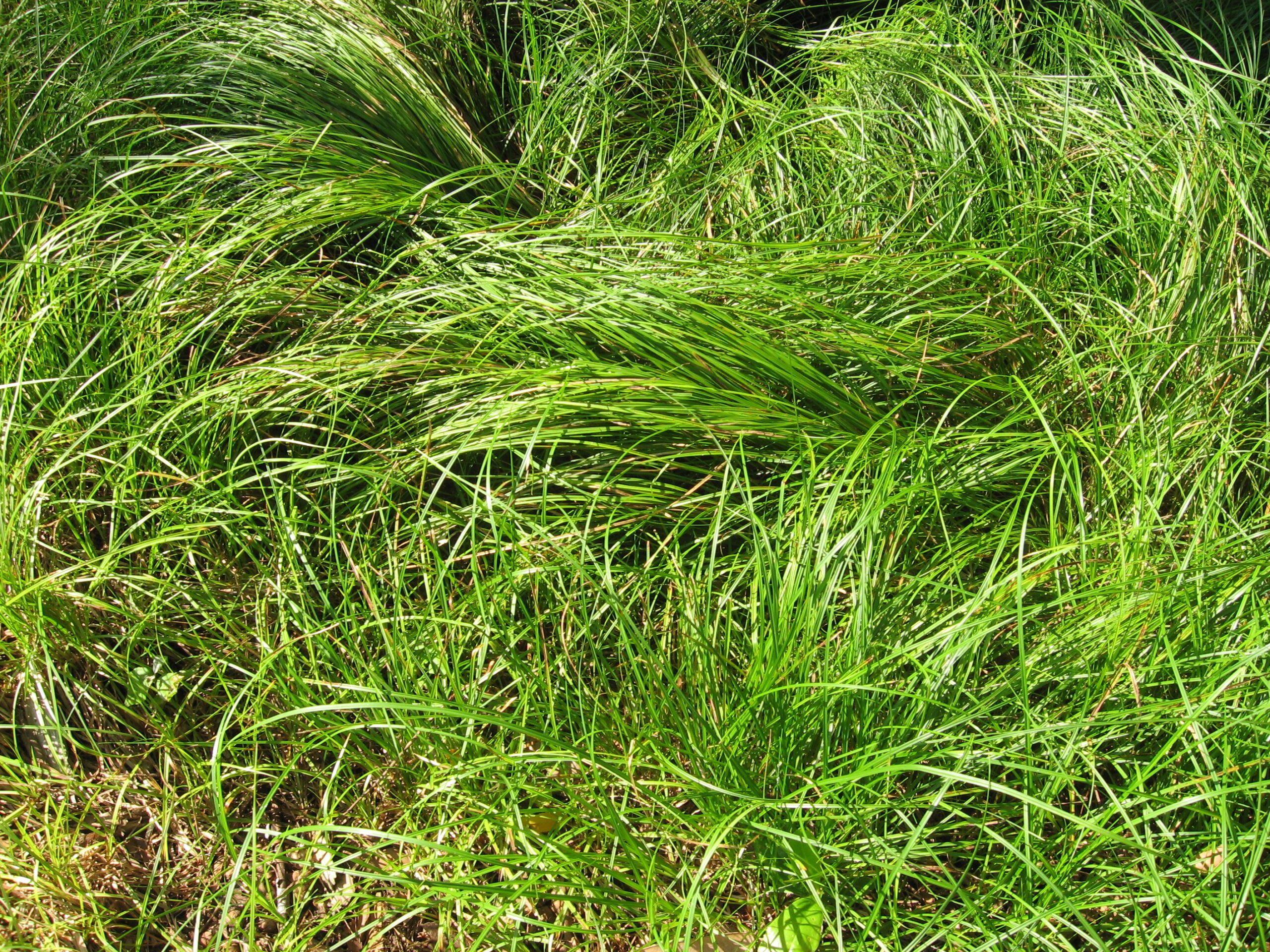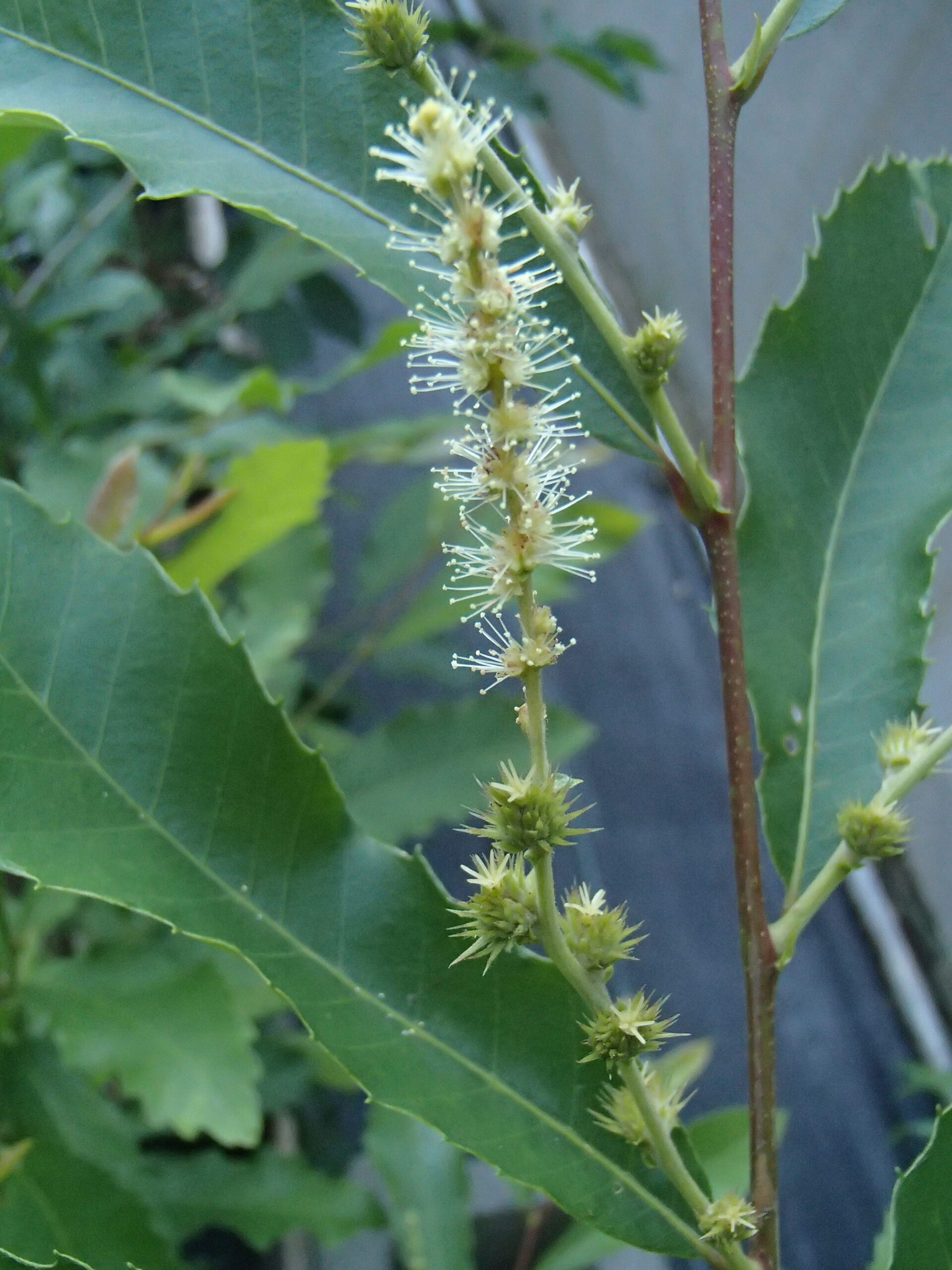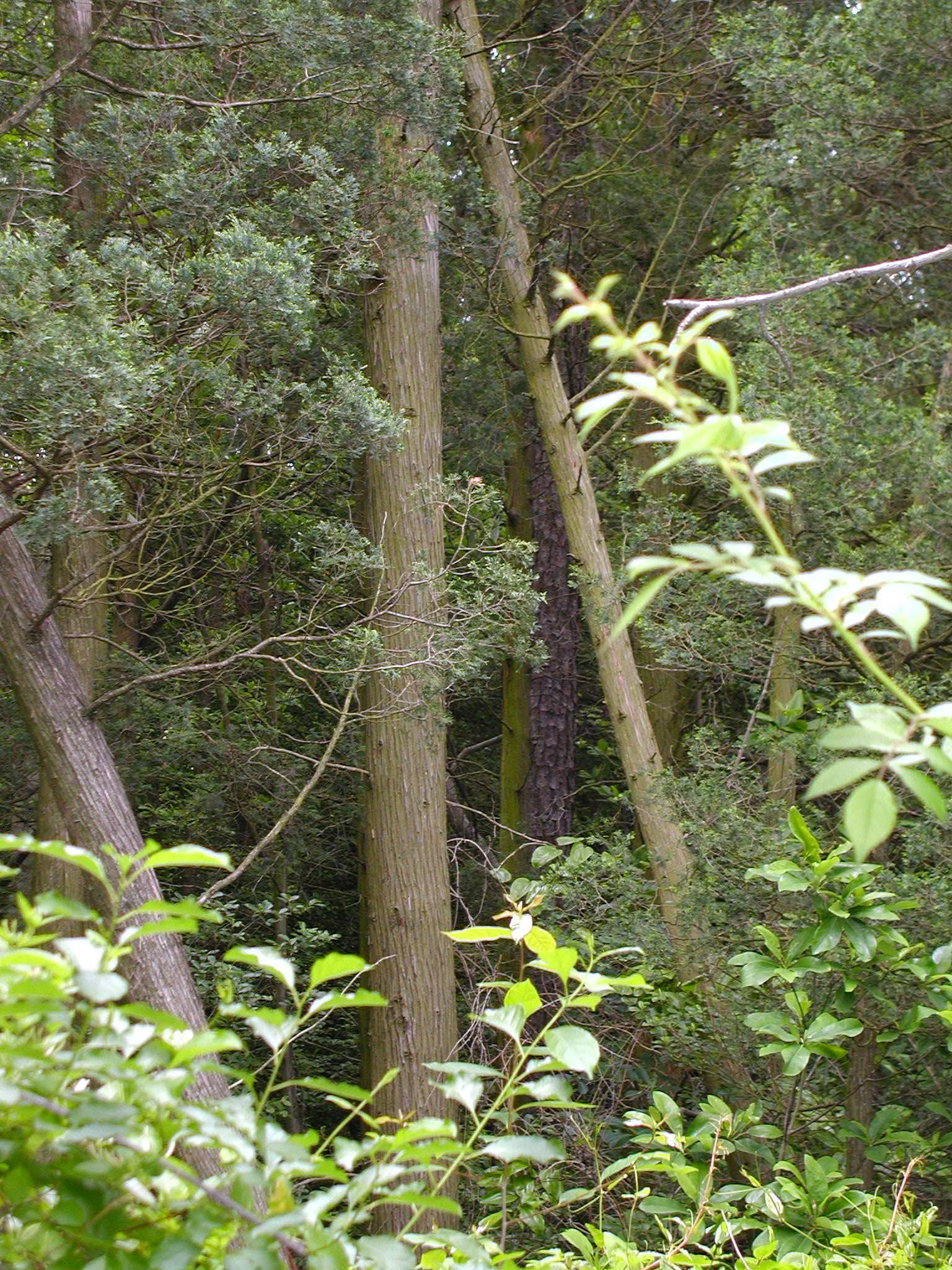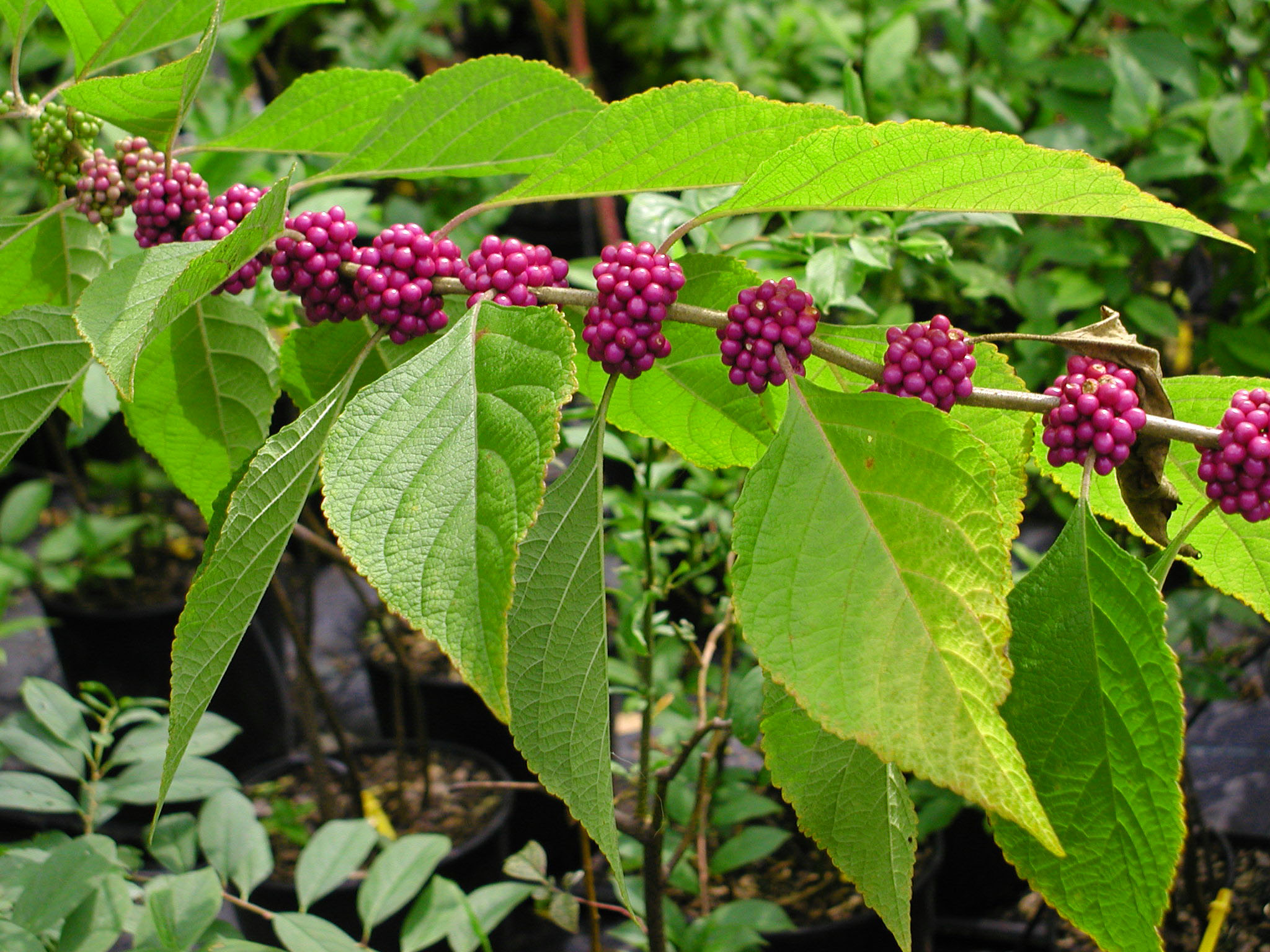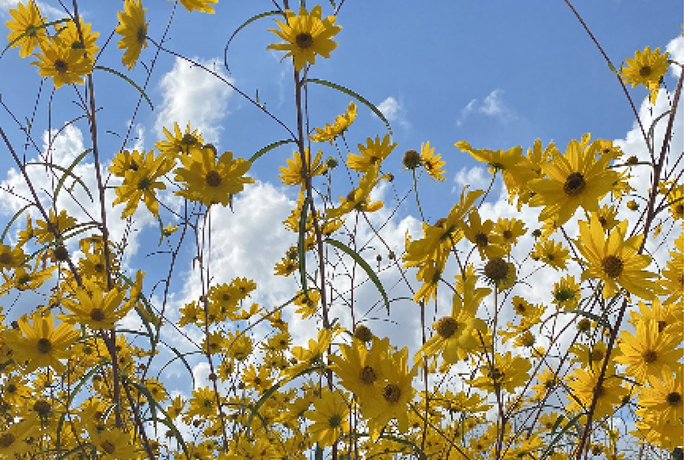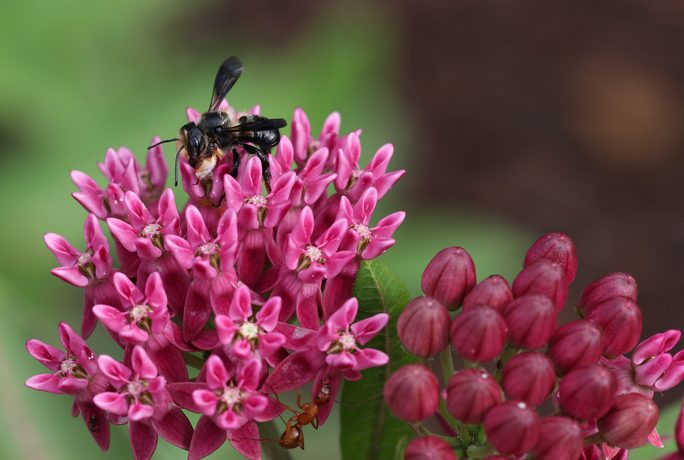NURSERY HOURS
Wednesday: 10-4 Thursday: 10-6 Friday-Saturday: 10-4 Sunday: 12-4
April 10, 2022
Andropogon ternarius
Splitbeard Bluestem is an attractive grass that adds great winter texture to any garden, especially for the southern gardener. Native to open fields in the South, Splitbeard Bluestem is happiest in full sun, hot temperatures and poor soils. It can grow up to three feet tall with a spread of one…
November 13, 2021
Lyonia mariana
Piedmont Staggerbush is a cute little shrub, averaging three to six feet tall. It is an upright shrub with alternate, simple, and oblong leaves. The flowers bloom in clusters of racemes of columnar-shaped, white to pink flowers. It grows well along marshes and shrubby swamps, but also wood edges and well-drained…
August 2, 2021
Aronia prunifolia
Aronia prunifolia or Purple Chokeberry is a natural hybrid between A. arbutifolia (Red Chokeberry), and A. melanocarpa (Black Chokeberry), a more mountainous species. All three Chokeberries have very diferent distribution maps. Purple Chokeberry is much less abundant than the Red Chokeberry. It is much like Red Chokeberry in habit, that is,…
June 18, 2021
Gelsemium sempervirens
Carolina Jessamine is a vigorous, evergreen, high-climbing woody vine native from Virginia to Florida, west to East Texas and down into Central America. It is a staple ornamental in the south because it has bright golden, fragrant flowers attractive to bees, butterflies and birds, including hummingbirds. Jassamine is a twining vine,…
April 29, 2019
Franklinia alatamaha
One reason the Ben Franklin tree is grown is because it is attractive: fragrant, 3-inch flowers with delicate white petals and thick, bushy golden stamens, and foliage that is handsome, with outstanding fall coloration (red, purple, orange). But mostly it is grown because it is rare and has a great story.…
September 17, 2018
Corylus americana
American Hazelnut is a medium-sized, deciduous shrub found in moist to dry-mesic woodlands throughout Eastern North America. It is notably absent in the deep South. In North Carolina it is reported only in piedmont and mountain counties. This shrub is valued for its sweet nuts, which are edible either raw or…
September 17, 2018
Carex pensylvanica
Carex pensylvanica, or Oak Sedge (or Pennsylvania Sedge) is found in dry woods mostly in Northeastern U.S. In North Carolina it occurs naturally in the mountain counties. This is one of the more popular sedges for gardeners and landscapers in our area because of its versatility. Plants are about 8 inches…
September 17, 2018
Castanea pumila
Allegheny Chinquapin is a colonial, multi-stemmed shrub or small tree usually around 15 feet tall, taller if grown with single stem or cultivated with little competition. It is native to dry woods and ridges in the Southeastern states, and grows well where summers are hot. It is considered undervalued as a…
September 17, 2018
Chamaecyparis thyoides
This plant is not currently for sale. This is an archive page preserved for informational use. The majestic Atlantic White Cedar is actually a Cypress, not a Cedar. It is a medium-to-large (50-ft), coniferous, evergreen, wetland tree well known for the excellent quality of its light, strong wood. Its range is…
September 17, 2018
Callicarpa americana
If you think the outrageous color of Beautyberries is as much fun as we do, do not hesitate to grow this loosely open shrub on your property. It is robust and trouble-free, spectacular to look at, and attracts all manner of butterflies and birds. At the same time, it is highly…
About the author

Proin volutpat vitae libero at tincidunt. Maecenas sapien lectus, vehicula vel euismod sed
Categories
Popular Posts
Instagram
Follow us


